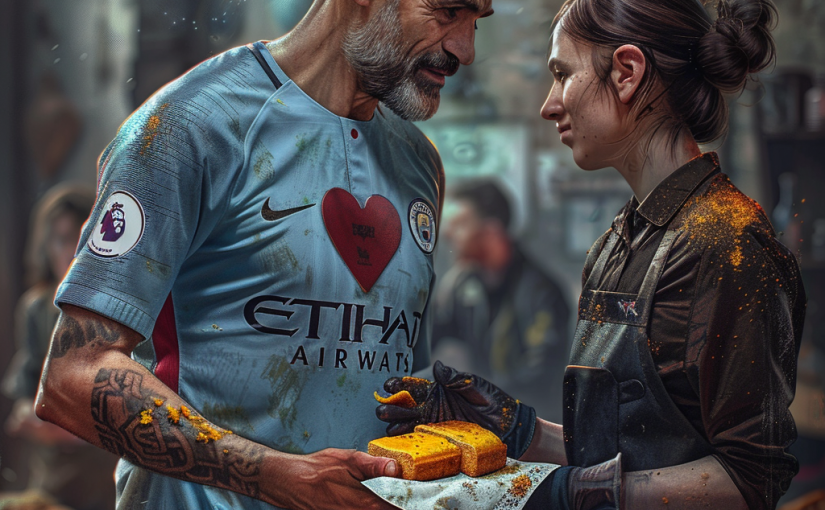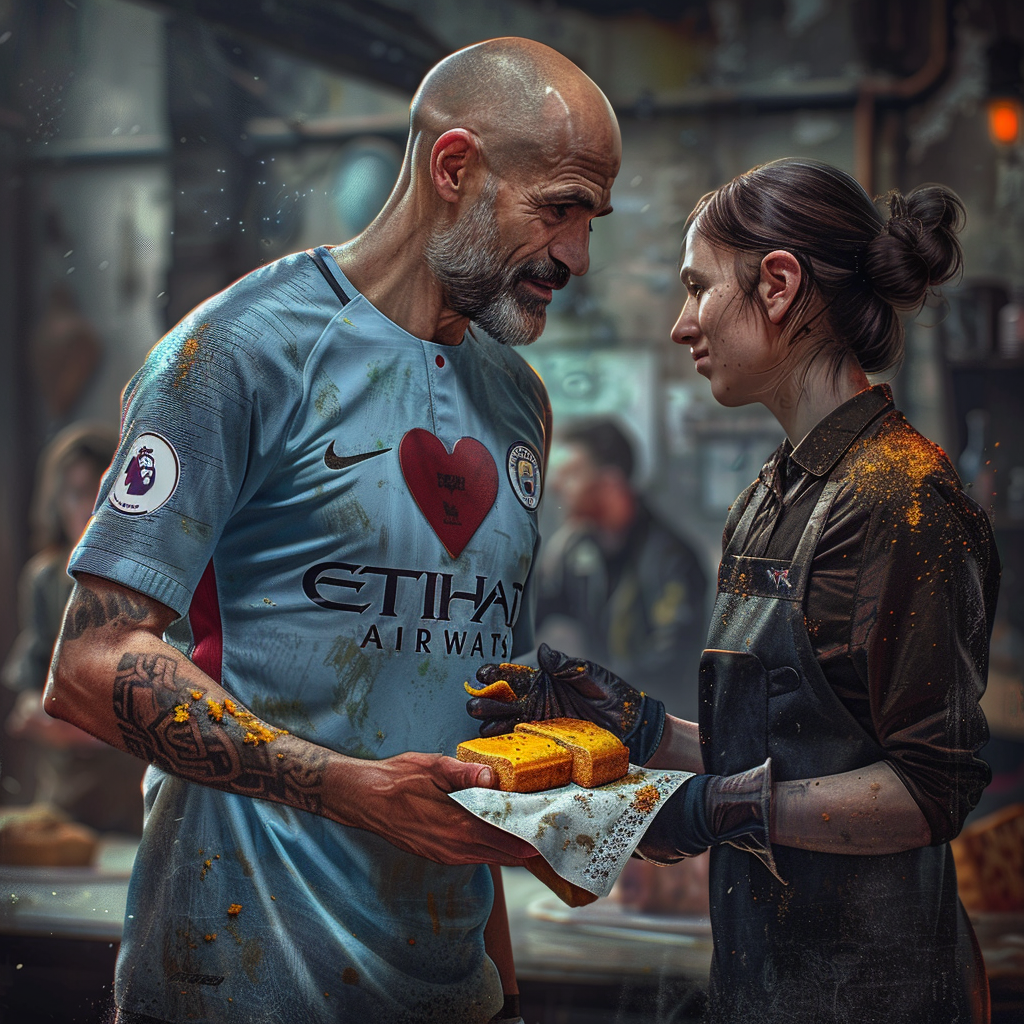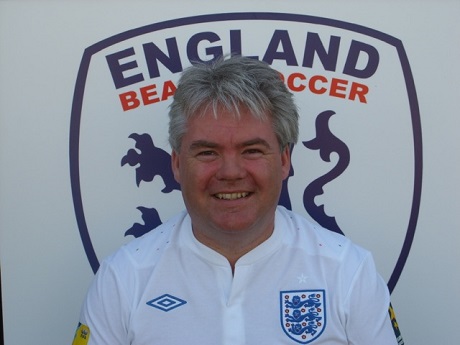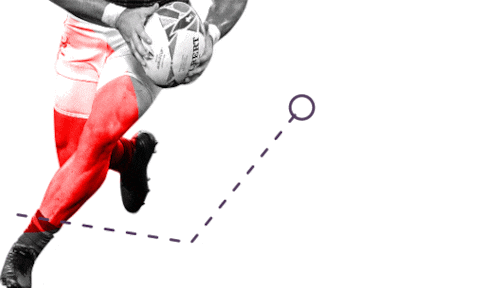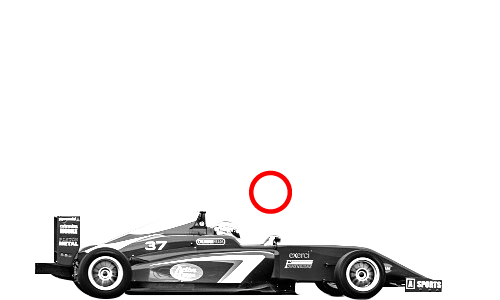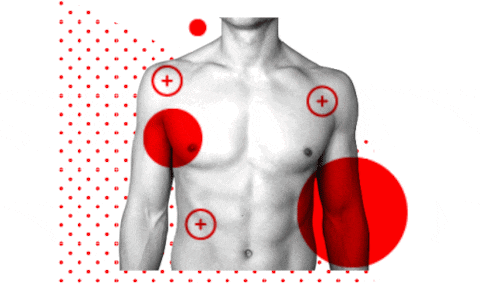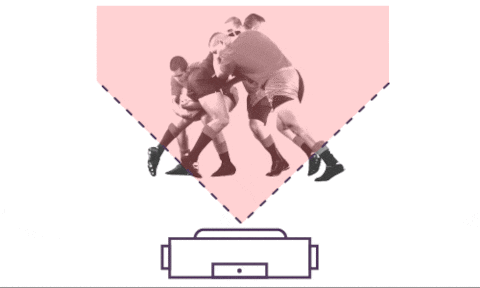TL;DR: April’s Go Flux Yourself considers the value of values, the importance of physical and mental health, and expresses concern that 90% of the internet’s content will be created by AI in 2025 …

Image created on Midjourney with the prompt “a painting in the style of Matisse that shows the benefits of running”
The future
“There is so much power in understanding what your values are — they can help you make decisions, guide your career, and even live a happier life.”
This wisdom comes from Irina Cozma, a career and executive coach. She wrote these words in a piece titled “How to Find, Define, and Use Your Values” that appeared in Harvard Business Review just over a year ago.
This month, I’ve been reflecting on my personal values and those of Pickup Media Limited. This introspection led me to Cozma’s guidance. Her approach is simple yet profound: start by listing 10 things that are important to you, then narrow it down to three. Once you have your top trio, rank and define them. Try it.
I found it an enlightening exercise. It helped me firm up five values for Pickup Media Limited, which needed refining after almost a decade of a hotchpotch approach to the company’s services and no considered thought about SEO or social selling. (Watch this space!)
The (work-in-progress) tagline is: “Understanding human-work evolution in an increasingly digital world.” And the business values, which build on my personal values, are (currently) listed as follows:
- Seeking and sharing true understanding
- Connecting for good
- Human-focused
- Improving – physical and mental – health
- Community-spirited
These might need sharpening up, granted, but you get the idea. Already these are helping to frame how I look at my products and services. More than that, these values allow me to recalibrate, and kind of re-tune my antenna to what’s important to and interests me and, by extension, the business.
With this in mind, I was pleased to see that the upcoming Mental Health Awareness Week 2024, which takes place from May 13 to 19 in the UK, focuses on body and mind fitness. Indeed, the theme is: “Movement: Moving more for our mental health.”
In the last 13 months, I’ve run more than ever before, clocking over 800 miles. This has coincided with my sobriety. The extra time and focus gained from not drinking have evolved me as a person, and made me much more self-content, confident, and – according to my children – “less moody”. Cheers!
April was an incredible month for runners in the UK. Not only did the London Marathon exceed previous years – 44 Guinness World Records were broken, £67 million was raised for charity (at the time of writing), and over 53,000 people finished the 26.2-mile course – but a couple of weeks earlier, Russ Cook (aka “Hardest geezer”) completed his almost 10,000-mile, 352-day odyssey running the length of Africa.
The 27-year old from Worthing took up running as an escape from drinking and gambling vices. Four years ago, he broke the record for the quickest marathon while pulling a car. It took him four minutes under 10 hours. Hardest geezer has certainly earned his sobriquet.
Elsewhere, reality TV celebrity Spencer Matthews announced this last week that he will run 30 marathons in 30 days across the Jordanian desert in a bid to break another record. He has spoken about using exercise for good and closing the drinks cabinet. “I’m interested in understanding how far I can push myself,” he told Lorraine Kelly on her eponymous show. “It’s not too long ago that doing any running of any kind would have been difficult.” (For more on this please listen to the latest episode of Upper Bottom.)
It’s incredible what people can do with a little physical movement. Starting is often the most challenging part, which is why initiatives like Couch to 5K are so brilliant.
Perhaps it’s too simplistic to say people are more health-conscious than before the coronavirus crisis. Yet one can’t ignore that over 840,000 applications have been received for the London Marathon 2025 ballot, bettering last year’s record of 578,000. (I’ve thrown my lycra running hat into the ring.)
During the pandemic, I interviewed Andrew Scott, professor of economics at London Business School and author of The 100 Year Life and – this year – The Longevity Imperative. His core message, which has propelled me, is: “Invest in your future self by eating and drinking less, and moving more.” It’s simple, when you put it like that. I suppose it’s like the value of good values.
From now on, I’ll be approaching my work using these business values. And in May, I’ll be busy speaking, hosting roundtables and panels across the UK. First, in London, I’ll be discussing hot human-work evolution topics at a business school.
Also in the capital, I’m moderating a closed session for a new client that explores the future of remote work by discussing the strategic transformations necessary for organisations to drive long-term success. This is a subject I’m passionate about – I wrote about my fears around the entrenchment of a two-tier workforce due to the Flexible Working Bill in my April column for UKTN (and I use the same argument in a debate piece in tomorrow’s City AM).
Later in the month, I’ll be at DTX Manchester, leading a session exploring the value of artificial intelligence in the modern workplace. If you will be at Manchester Central on May 22 please come and say hello. With some 90% of all online content likely to be generated by AI next year, according to some experts, being more human in the digital age has never been more critical.
The present
Investing in a Garmin watch has helped my running – I set a personal best in the London Landmarks half-marathon in early April, no small thanks to Garmin coach. The gadget provides a welter of data – including one’s “body battery”. This morning, I began the day on 87% battery. I must catch up on my sleep this evening. But others might not be so lucky.
What to make of the news emanating from South Korea about Samsung? The electronics giant has recently announced that it will make executives work six-day weeks following its worst financial results in a decade. As more progressive companies push ahead with four- or even three-day working weeks and have found productivity improving, this diktat is wrongheaded and, I suspect, will be counterproductive. How will Samsung attract and retain top talent?
Meanwhile, 82% of employees globally are at risk of burnout this year, according to the HR consulting firm Mercer, and only half of employers design work with wellbeing in mind. How can people move more, and improve their mental and physical health, if they are chained to their desks? This isn’t even standing still; it’s going backwards.
Worryingly, different research indicates that people are suffering in silence. In the United States, 43% of workers say they are experiencing burnout, but almost half (47%) are hesitant to discuss burnout issues with their bosses, finds the latest Workforce Monitor survey from the American Staffing Association and Harris Poll. (Notably, 29% of respondents said their ideal schedule was a full return to the office, while 39% wanted a hybrid work model.)
The past
Two years ago, I interviewed Brian Kropp, then group vice president and chief of research for Gartner’s HR practice, about burnout. He argued that overworking can have hazardous consequences. The combination of sloppiness and anxiety triggered by tiredness will likely cause problems at work. “When you feel stressed and worried, the surface area of your brain literally shrinks,” he said. “It is a natural defence mechanism to absorb less information and pain.”
Employers must be mindful and look after their staff, including leaders, Kropp continued. “When we are drowsy, we tell people to use caution when operating a vehicle or dangerous machinery. So when employees are tired, we should not ask them to operate the heavy machinery of our business.”
After extensive research, Kropp concluded that organisations that “show a sense of caring” will triumph. Ultimately, it’s what humans have always done. He cited late American cultural anthropologist Margaret Mead’s theory that we have, as a species, worked together to accomplish something bigger for thousands of years.
The skeletal remains of an early human that showed a healed femur – upper leg – bone highlighted to Mead the inherent compassion we humans possess. The person in this example was allowed to rest and recover from a painful injury and not left for dead.
“The best caring, human organisations have realised employees can’t run at 100% for 100% of the time,” Kropp added. “We have to create time for breaks, moments of rest and recovery. The best organisations are increasingly thinking about ‘pre-covery’, which enables your employees to build up a wealth of reserve before you reach a challenging moment.”
In an increasingly digital and demanding world, employers must remember the fundamental human need for rest, recovery and movement – because when we take care of employees’ physical and mental well-being, we enable them to bring their best selves to work and, collectively, achieve something greater.
Statistics of the month
- Of the 82% of global employees who are at risk of burnout this year, according to Mercer, factors cited included financial strain (43%), exhaustion (40%), and excessive workload (37%).
- There were 672,631 UK applications for 2025 London Marathon, with 50.33% from men, 49.03% from women and 0.64% from non-binary applicants.
- Gartner predicts that “independent workers” will make up around 40% of the global workforce by 2025.
Stay fluxed – and get in touch! Let’s get fluxed together …
Thank you for reading Go Flux Yourself. Subscribe for free to receive this monthly newsletter straight to your inbox.
All feedback is welcome, via oliver@pickup.media. If you enjoyed reading, please consider sharing it via social media or email. Thank you.
And if you are interested in my writing, speaking and strategising services, you can find me on LinkedIn or email me using oliver@pickup.media.

